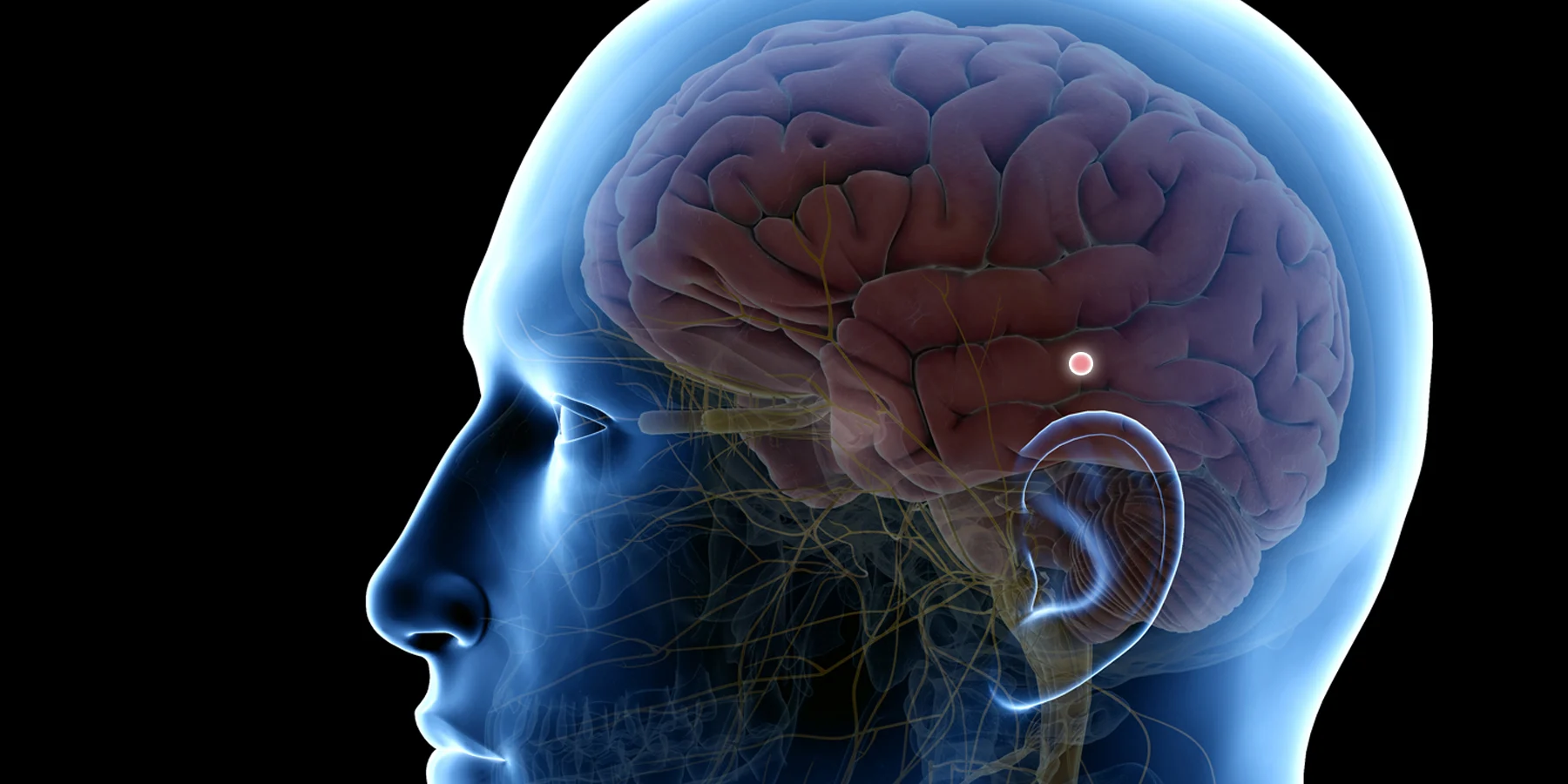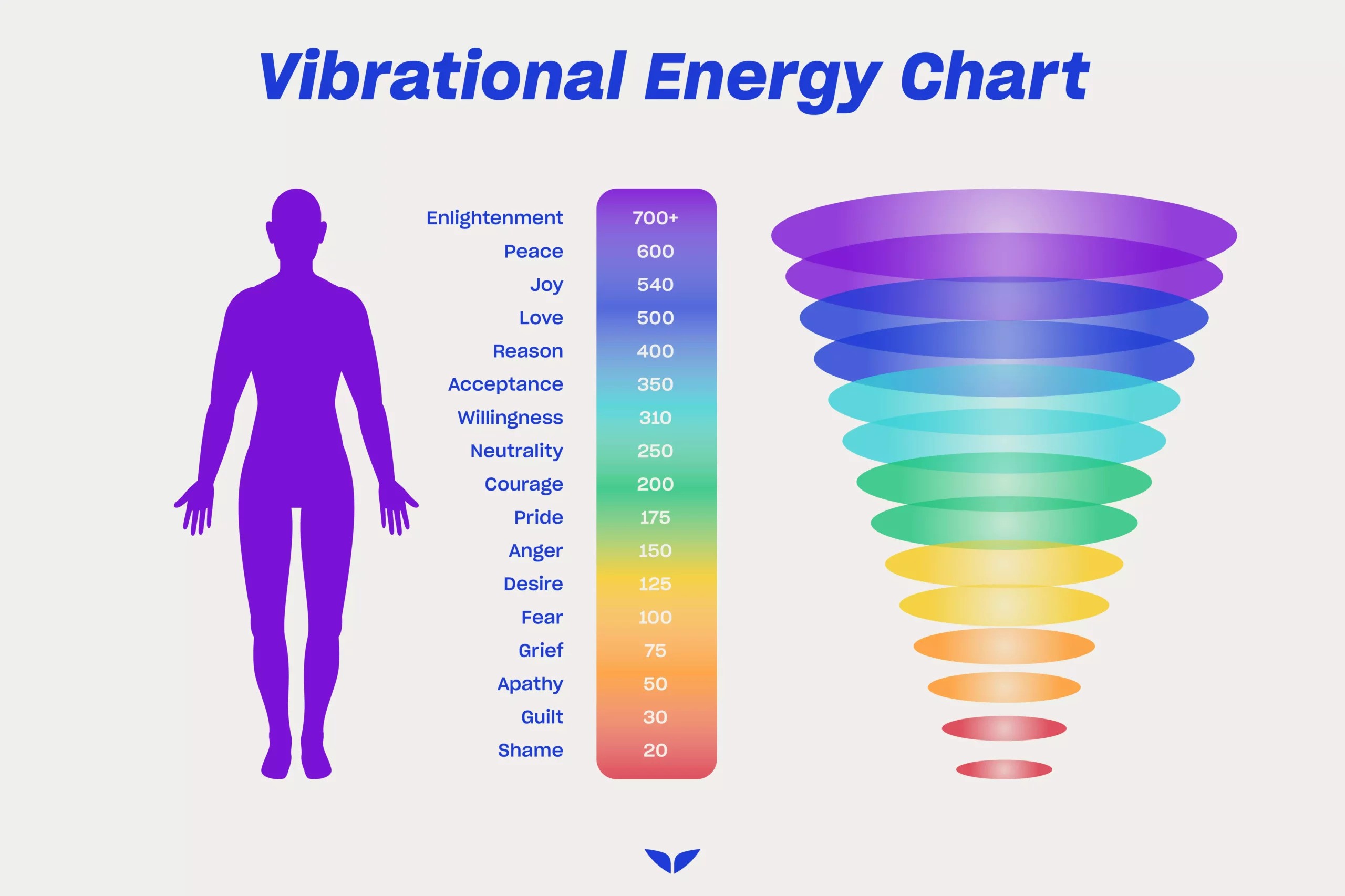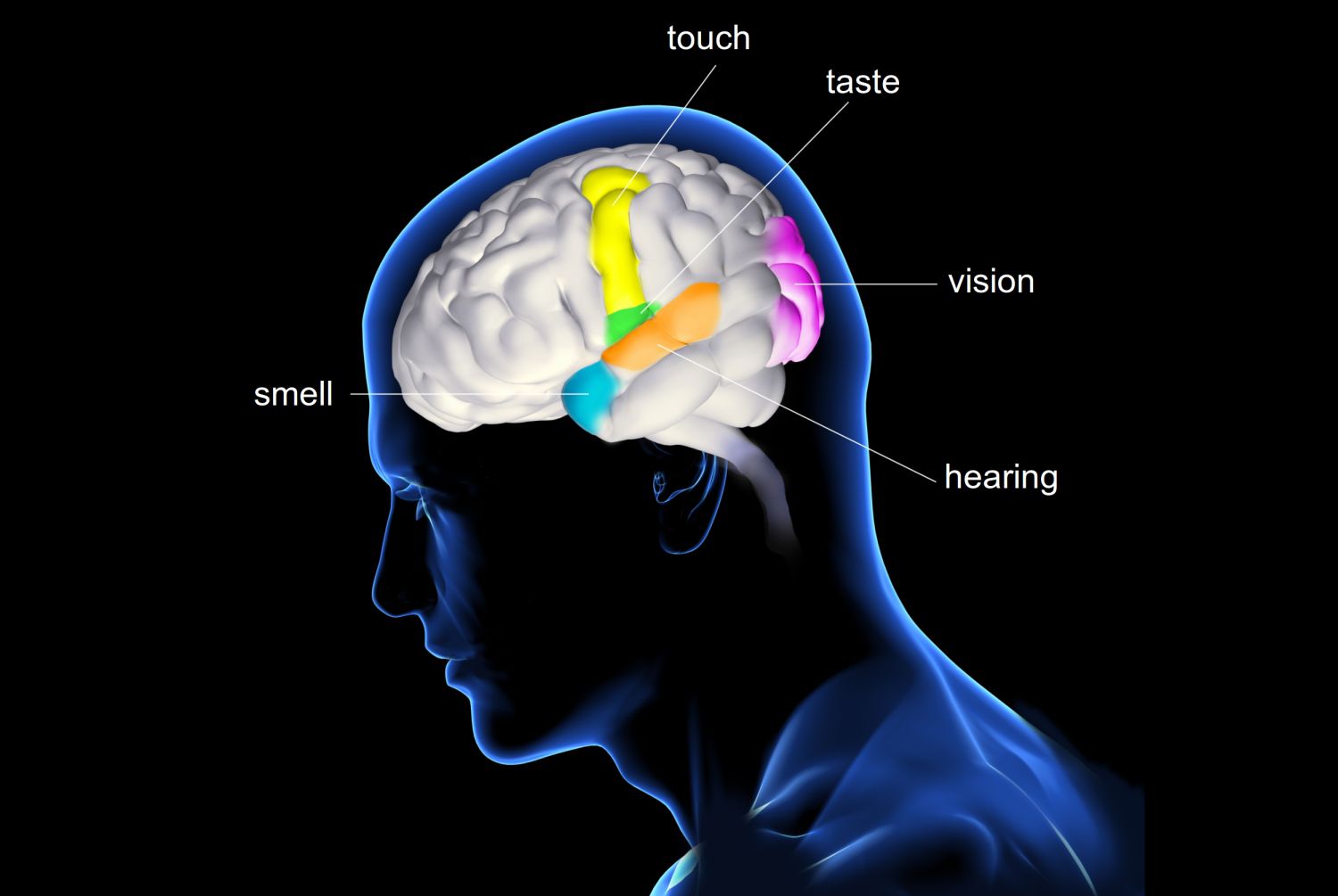What Stimulates The Pineal Gland And Its Benefits
In the brain, the pineal gland is a tiny, pea-shaped gland. Its function isn't entirely clear. Some hormones, including as melatonin, are produced and regulated by it, according to researchers. Melatonin is most known for its ability to regulate sleep cycles. Circadian rhythms are another name for sleep patterns.
The pineal gland is found in almost all species, and its function has long been a mystery. This tiny gland's function was one among the last to be discovered, and it is only just beginning to be understood. In fact, scientists are still studying it today, and experts have yet to determine its whole significance and function.
It has long been linked to the concept of the "third eye," which in yoga philosophy is a spiritual emblem of all-knowing and is commonly regarded as a portal to the soul's freedom.
"It has also been termed 'the eye of intuition,' and it is the doorway through which the individual enters the astral and psychic level of consciousness," Swami Satyananda Saraswati writes in his book Kundalini Tantra. The most popular name for this chakra is "the third eye," and it is mentioned frequently in mystical traditions from all eras and cultures. It's shown as a psychic eye that sits in the middle of the two physical eyes and glances inside rather than outward."
What Stimulates The Pineal Gland?

The pineal gland develops calcifications, or calcium spots, according to research. The pineal gland isn't the only organ that can develop calcification. Calcifications can develop on the heart valves, joints, and even breast tissue.
Calcifications in the heart can sometimes affect the organ's ability to function. Pineal calcifications can hinder the gland's ability to release melatonin, according to an article published in the journal Molecules Trusted Source. The cause of calcifications in the pineal gland is unknown, but there are a few ideas.
12 Ways to Activate the Third Eye and Decalcify the Pineal Gland:
Processed foods should be avoided. Foods containing additives, preservatives, chemicals, and pesticides all increase the risk of calcification and premature aging. This is also true of GMO foods. Choose organic, live, plant-based foods whenever possible.
Excess fluoride should be avoided. Consult your doctor and dentist to determine how much fluoride you require. Check to see if you're receiving too much. The most prevalent sources are tap water and toothpaste.
The importance of indirect sun exposure cannot be overstated. To perform properly, your eyes require indirect sunshine exposure. The pineal gland is activated by both the sun and night. It possesses a photoreceptor that detects light and produces melatonin as a result. But remember not to stare directly at the sun.
Create an atmosphere that encourages the pineal gland to function properly. It is critical to have a good night's sleep every night in order to function at your best. Blue light is one aspect that has an impact on your sleep quality. Melatonin synthesis is suppressed for up to four hours.
Green light, on the other hand, aids in the sleep process. As a result, get rid of any junk light in your home to reduce your exposure to blue light. It may be beneficial to replace LED bulbs with halogen or classic incandescent bulbs instead of LEDs. Your bedroom should be as dark as possible when you go to sleep.
Meditation on the third eye. Softly place your awareness on the third eye by drawing your eyes up toward it. Consider what it would be like to be able to view via the third eye (between the eyebrows). Simply pondering this thought will cause you to perceive the world from a new perspective.
Make use of essential oils. The pineal gland and the brain are both accessible through the nose. Try sandalwood, frankincense, myrrh, clary sage, helichrysum, pine, pink lotus, and mugwort to enhance the olfactory journey to spiritual levels of awareness.
Kundalini yoga should be practiced. The Kundalini energy, which is coiled at the base of the spine, is raised through specific motions. Kundalini activation effectively attunes our bodies to connect cosmic energy with the physical body and anchor it to the Earth. This serpentine energy rises, activating the 33 spinal points along the way until it reaches the pineal gland and crown chakra. The third eye is illuminated by the same energy.
Reduce your exposure to electromagnetic fields (EMFs). EMFs do not cause calcification in the first place. Excessive exposure, however, has been linked to a decrease in the pineal gland's ability to create melatonin, according to some studies. EMFs can be found in a variety of devices, including cell phones, microwaves, Wi-Fi routers, TVs, smart meters, and computer screens.
Pay attention to your dreams. Dreams can be perplexing, unsettling, lovely, and terrifying—but don't dismiss them when your alarm goes off each morning. They can assist you in opening your third eye. "It's important to pay attention to your dreams. Dr. Matluck advises, "Write them down, remember them, and listen to them." Isn't it about time you cracked open your dream journal?
Practice breathwork. Breathwork is a fantastic technique to have in your regular life, but it's especially useful for opening your third eye. "There are various types of breathwork," adds Dr. Matluck, "but holotropic breathwork is particularly well-suited to activating your sixth chakra."
Use sound healing. Sound has a lot of therapeutic potentials, and it can also help you open up your third eye. "Using sound healing or tone promotes meditation and puts you in a theta state," Poon explains. "This is a fantastic approach to assist in the opening of the third eye."
Try tapping. Perhaps you've tried tapping therapy to relieve tension and anxiety. The exercise, on the other hand, is a terrific way to open the third eye. "Try softly tapping the third eye on the forehead and sending light waves of vibration to activate your pineal and pituitary glands," advises reiki expert and chef Serena Poon.
How To Find Out If Your Pineal Gland Is Calcified

A calcified pineal gland that is unable to produce adequate amounts of melatonin can induce a variety of physical and mental symptoms. Here are ten symptoms that your pineal gland needs to be detoxified:
Headaches. It's possible that your pineal gland is causing your headaches, including nocturnal headaches and migraines. Pineal cysts can induce headaches in women, according to research, and they become more common as individuals become older. Symptoms include vertigo, nausea, vomiting, and trembling. Melatonin deficit can be caused by pineal cysts. Pineal gland calcification and cysts are frequently seen on radiology results.
Circadian rhythms are disrupted. Sleeping too much or too little, feeling active and restless in the middle of the night, feeling tired at odd times, or forgetting dreams are all symptoms of calcified pineal gland malfunction.
It's difficult to keep track of where you're going. In spatial navigation, the pineal gland, and specifically melatonin, plays a function. A person's sense of direction can deteriorate if their pineal glands are damaged. Melatonin improves spatial navigation memory in male diabetic rats, according to one study.
Anxiety. In a 2015 systematic evaluation of 12 randomized controlled trials including 774 patients—four comparing melatonin, placebo, and midazolam (benzodiazepine) and eight comparing melatonin and placebo—melatonin was found to be as beneficial as midazolam in many circumstances.
Depression. Pineal gland anomalies have been observed to cause circadian rhythm dysfunction and sleep disturbance in persons who suffer from depression, particularly major depressive disorder (MDD), according to studies.
Other types of mood disorders. Circadian rhythm and sleep disturbances play a key role in a variety of mood disorders. Melatonin's role in mood regulation has been demonstrated in numerous studies, including those demonstrating the efficacy of melatonergic antidepressants (MT1/MT2 melatonin receptor agonist and 5-HT2c antagonist) in treating a variety of mood disorders.
The Most-known Benefits of Pineal Gland
Pineal gland and cardiovascular health
A review from 2016 past research on the link between melatonin and cardiovascular health was examined by Trusted Source. Melatonin produced by the pineal gland has been shown to have a beneficial effect on your heart and blood pressure, according to research. They came to the conclusion that melatonin could be useful in the treatment of cardiovascular disease, but additional research is needed.
Pineal gland and mood stabilization
Your pineal gland size may suggest your proclivity for certain mental disorders. According to one study, having a smaller pineal gland increases your risk of getting schizophrenia and other mental problems. To better understand the impact of pineal gland volume on mood disorders, more research is needed.
Pineal gland and cancer
According to some studies, there may be a link between poor pineal gland function and the risk of cancer. Overexposure to led light reduced pineal gland function, resulting in cellular damage and an increased risk of colon cancer, according to a recent study on rats made by Trusted Source.
Melatonin may enhance the outlook for cancer patients when administered in conjunction with standard treatments, according to another study Trusted Source. This is especially true in patients with more advanced malignancies.
To learn how melatonin influences tumor formation and blocking, more research is needed. As a complementary treatment, it's also unknown what dosage is appropriate.
The following are some of the advantages of opening your third eye:
- insight
- mental clarity
- improved concentration
- strengthened intuition
- clear self-expression
- decisiveness
- a sense of bliss
Sleeping tips to help you get a better night's sleep
The pineal gland and melatonin are still a mystery to scientists. Melatonin is known to play a function in regulating sleep patterns and day-night cycles. Different study suggests that it aids in a variety of other functions, including the regulation of the menstrual cycle.
Melatonin supplements may aid in the treatment of sleep disorders, such as jet lag, as well as the induction of sleep. Before using melatonin, talk to your doctor, especially if you're on any medications.
Sleep in a little earlier. Each night, try to get 7-8 hours of sleep. Start winding down earlier and getting into bed before you want to fall asleep if you know it takes you a long time to fall asleep. Set an alarm for a specific time to remind you to get ready for bed.
Don't use the snooze button. Avoid pressing the snooze button on your alarm clock. The quality of sleep between snoozes is poor. Set your alarm for the time you'll need to get out of bed instead.
Exercise on a regular basis and at the appropriate times. Regular exercise can assist to reduce anxiety and enhance sleep quality. A 15-minute brisk stroll can make a significant effect. However, avoid exercising too close to bedtime. Instead, schedule your workout so that you have at least two hours between your workout and night.
Yoga and meditation are good options. Both yoga and meditation can assist you in de-stressing before going to bed.
Keep a diary. If your racing thoughts are keeping you awake at night, try writing them down in a diary. While it may appear paradoxical, it may actually help you relax.
Quit smoking. Nicotine is a stimulant that is contained in cigarettes. Tobacco use might make it difficult to sleep. When smokers wake up, they are also more likely to be exhausted.



